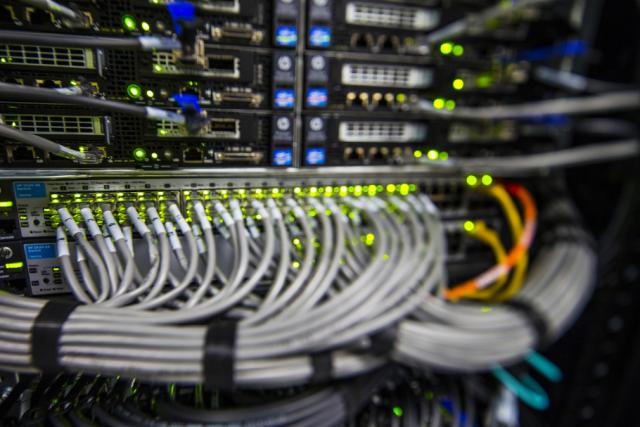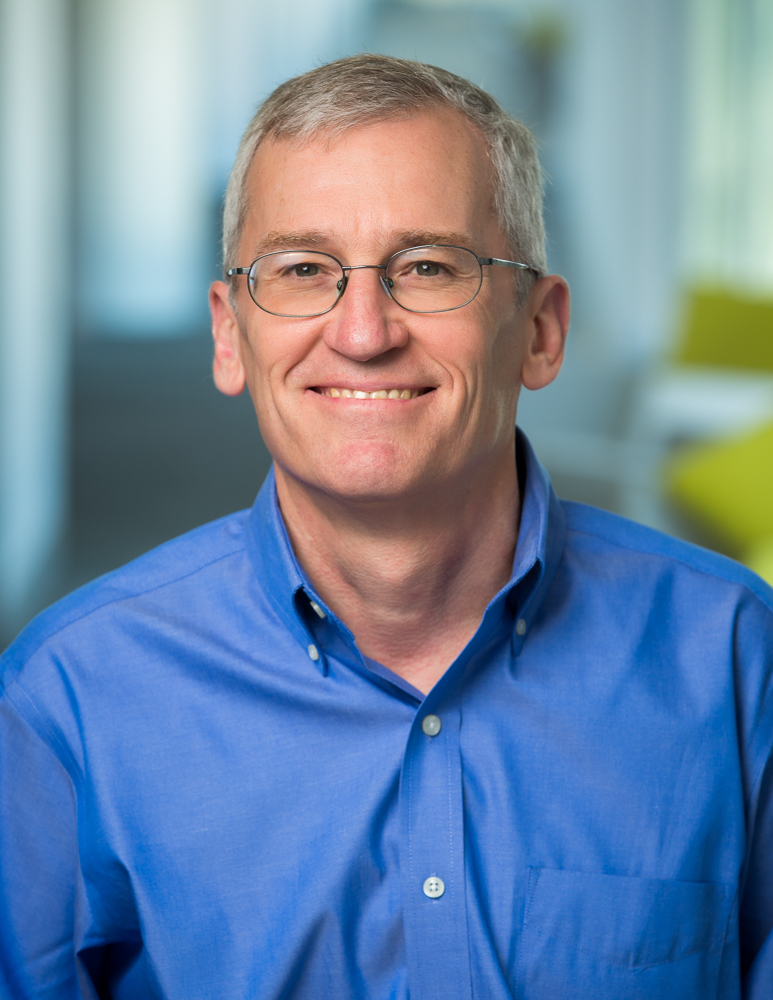
BP’s Center for High-Performance Computing in Houston is a global hub for processing and managing geophysical data. (Source: BP)
Learn more about Hart Energy Conferences
Get our latest conference schedules, updates and insights straight to your inbox.
Located in Houston, BP’s Center for High-Performance Computing (CHPC) is equipped with more than 6 petaflops of processing speed, which makes it one of the world’s largest supercomputers for commercial research, according to BP’s website. The facility serves as a worldwide hub for processing and managing geophysical data.
“High-performance computing has been vital to advances BP has made in seismic imaging over the past two decades, including the development of wide-azimuth towed streamer seismic technology for subsalt imaging, which has transformed the way data in the Gulf of Mexico and other major offshore basins are acquired and processed,” the company said.
E&P recently interviewed Keith Gray, BP’s director for high-performance computing, to discuss improvements and lessons learned since the CHPC opening almost five years ago and what the company has in the works for the facility’s future.
 E&P: Since the opening of BP’s CHPC in December 2012 (and since E&P last covered this topic in October 2013), how has the center improved or been updated?
E&P: Since the opening of BP’s CHPC in December 2012 (and since E&P last covered this topic in October 2013), how has the center improved or been updated?
Gray: We have grown computing power by 300% since we moved into the facility, have doubled our storage and expect to continue this growth path later this year.
E&P: Did the center exceed the company’s original expectations? If so, how?
Gray: Yes, we have been extremely pleased with the facility we designed and built. We have been a showplace to demonstrate BP’s commitment to technology in support of our core business. We have been able compete with the top technology companies to recruit very strong graduates in applied math, computer science and geophysics from universities like Rice, Stanford and the University of Texas. In addition to this, we have exceeded our energy savings goals and are confident we have the most energy-efficient computing facility in Houston. The facility has been a great work environment. We have great offices and workspaces that let us collaborate.
E&P: What specifically has worked or not worked?
Gray: We have invested less than 0.3% since the facility opened to add features and simplify maintenance processes. We think this represents the thorough requirements, gathering and quality of original design. We are extremely pleased with the reliability of the facility.
E&P: Has the center taken on a new direction since its original inception?
Gray: We remained very focused on using high-performance computing as an enabling tool for seismic imaging and rock physics research. We are excited to see other parts of our business recognize how we can help. Reservoir modeling projects can now try more scenarios to better understand subsurface uncertainty. Our Downstream Research teams are using computational fluid dynamics to study fluid flows in pipelines to improve operational safety. We are happy about the other opportunities the new center has opened. We now support our natural gas trading organization and digital security teams with disaster recovery capabilities should other campus facilities be impacted by outages.
E&P: What are the most impressive benefits of the CHPC?
Gray: We are most proud of the research breakthroughs delivered by the seismic imaging and rock physics research programs for the business. We are active members of their project teams and know our contributions have been critical to their achievements.
E&P: What challenges are you currently facing, and how are you trying to tackle those challenges?
Gray: We are working to enable BP projects around the globe. We’ve made very good progress working with the BP networking team to speed data movement so we can shorten cycle times. Our project data volumes are so large we cannot move them easily, so we have implemented tools to provide remote displays so people can visualize results efficiently wherever they are.
E&P: What can we expect to see from BP in the future? Do you have anything in the works regarding high-performance computing advancements or new innovations?
Gray: We are working with our key vendors to describe our needs and evaluate technologies as they reach the market.
We also are working with the University of Texas Advanced Computing Center to train and develop the new graduates we have added to our team. We are implementing new programming languages and tools to reduce the cycle time for scientific discovery and make our researchers more effective.
Recommended Reading
TotalEnergies Starts Production at Akpo West Offshore Nigeria
2024-02-07 - Subsea tieback expected to add 14,000 bbl/d of condensate by mid-year, and up to 4 MMcm/d of gas by 2028.
Tech Trends: SLB's Autonomous Tech Used for Drilling Operations
2024-02-06 - SLB says autonomous drilling operations increased ROP at a deepwater field offshore Brazil by 60% over the course of a five-well program.
Seadrill Awarded $97.5 Million in Drillship Contracts
2024-01-30 - Seadrill will also resume management services for its West Auriga drillship earlier than anticipated.
Well Logging Could Get a Makeover
2024-02-27 - Aramco’s KASHF robot, expected to deploy in 2025, will be able to operate in both vertical and horizontal segments of wellbores.
Remotely Controlled Well Completion Carried Out at SNEPCo’s Bonga Field
2024-02-27 - Optime Subsea, which supplied the operation’s remotely operated controls system, says its technology reduces equipment from transportation lists and reduces operation time.





